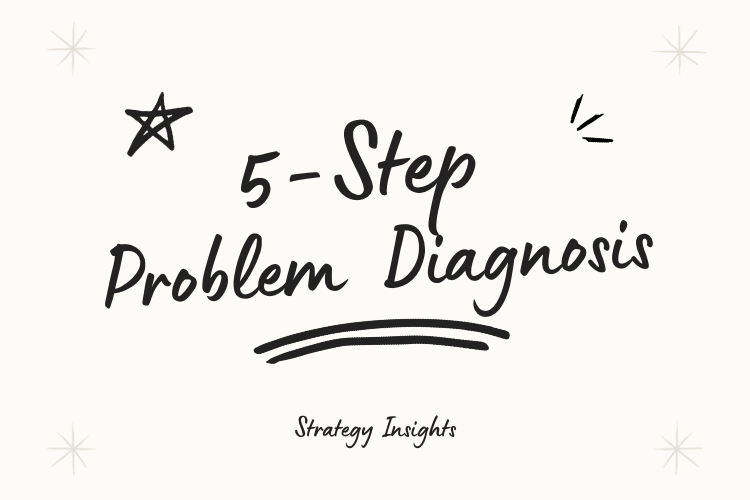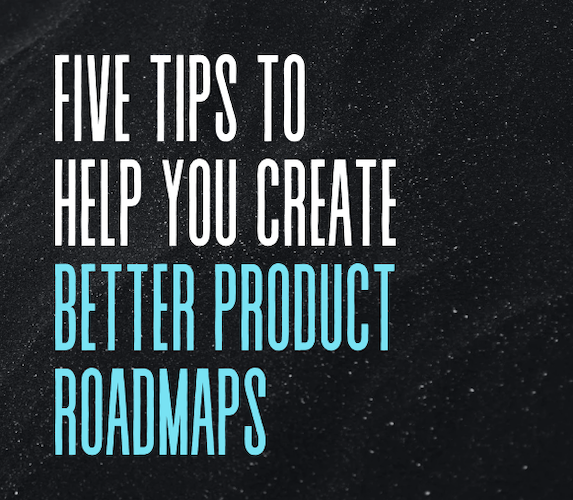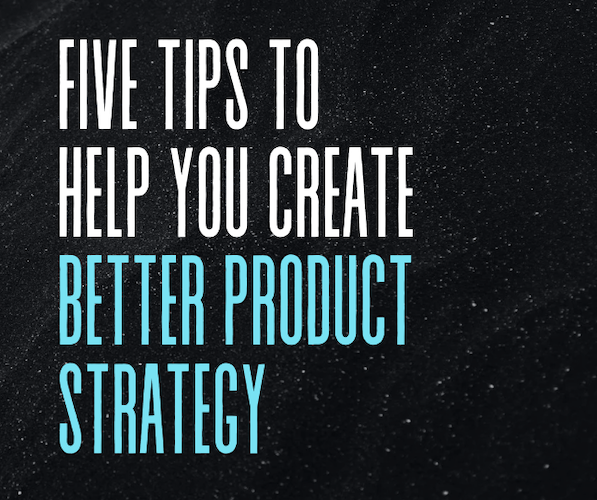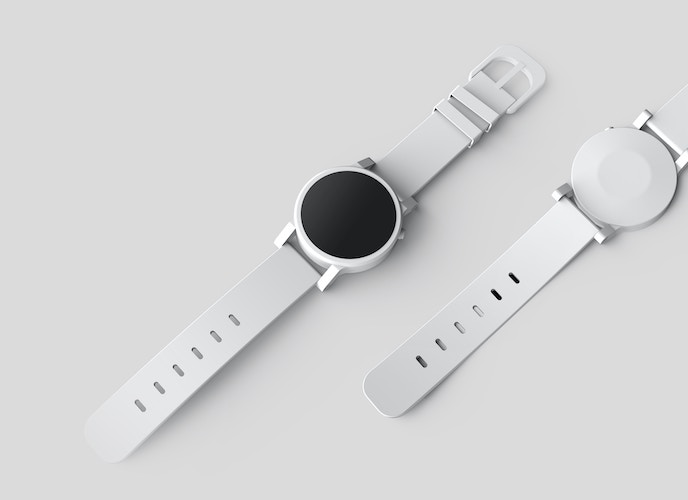Your Unfair Advantage
Strategy tools helps you build the Right strategy so that you gain an unfair advantage. Identify the real problem, understand the constraints and build the right strategy for your business, product, or service.

Trying to implement a strategy can get expensive
if your strategy is not built to solve the right problem...
Are you sinking time and money into a strategy that isn't solving your main issue?
Are your efforts leading to missed opportunities because they're not targeted at the right problem?
Are your customers getting frustrated because your strategy doesn't address their needs?
Is your current strategy draining your resources without delivering results?
Is your team's morale suffering due to a lack of visible progress?
Is your strategy causing uncertainty and clouding your business's future prospects?
If so, you need to rebuild your strategy by identifying the right problem
and figuring out the correct approach to solve it.
Four pillars for building a successful strategy
Building a successful strategy is done in two phases: Problem Discovery and Solution Generation.

Challenge
Identify the challenge, a goal or a problem, you want your strategy to solve.

Constraints
Uncover what could prevent you from overcoming this challenge.

Approach
Figure out what method will you use to overcome this challenge.

Actions
Make an action plan, a set of actions or initiatives that will dictate how you will overcome this challenge.

Latest articles
Learn about the greatest tools and ideas in the world of strategy.

The highly open secret to success
Winners come in all shapes and sizes. There are big winners, small winners, tall winners, short winners and medium winners. There are winners who win by luck and winners who win through hard work. But the most important winners are those who win continuously, regardless if they win by luck or preparation. You should examine these serial winners to learn to become productive and win the day.

In Search of the Hidden Problem: The Five-Step Path ...
In the realm of problem-solving, we often find ourselves adrift in an ocean of confusion, frantically searching for the lighthouse that guides us to an answer. We crave a system, a method, a formula that brings clarity, understanding, and resolution. Such a formula does exist, and it comes in five distinct stages: Question, Imagine, Explore, Challenge, and Experiment.

Five Tips To Help You Create Better Product Roadmaps
Creating a product roadmap is a difficult task. It requires patience, insight and an understanding of the customer. Here are five useful tips for creating a better product roadmap.

Top 5 Underrated Books In Product Strategy
There are thousands of product management books out there. Some are very good and have been written by famous and successful writers. Some have been written by famous and successful writers and are not very good. And there are some, that are really, really good and have been written by successful but not famous writers. These are the books that product managers need exposure to. Here are top 5 most underrated product strategy books.

Five Tips To Help You Create Better Product Strategy
Creating product strategy is a difficult task. It requires patience, insight and an understanding of the customer. Here are five useful tips for creating a better product strategy.

Outcomes All The Way
There is a problem in product management. Most teams that do product design and development do it with output-based thinking. When we build products, we often think in terms of outputs. For example, when we create a credit card as a product, the output is a credit card. Building a car has an output of a vehicle. The act of making a chair has a production of a chair.

